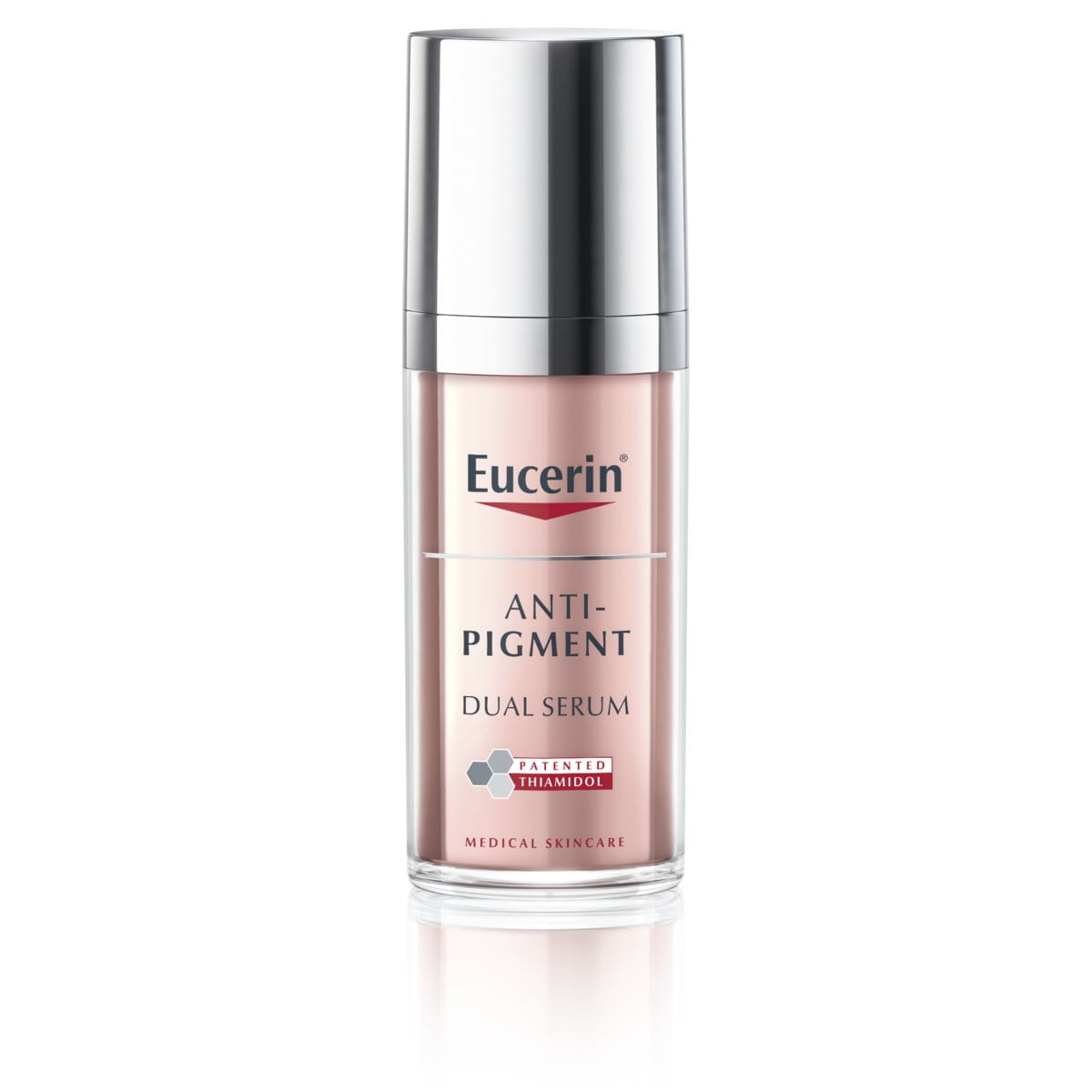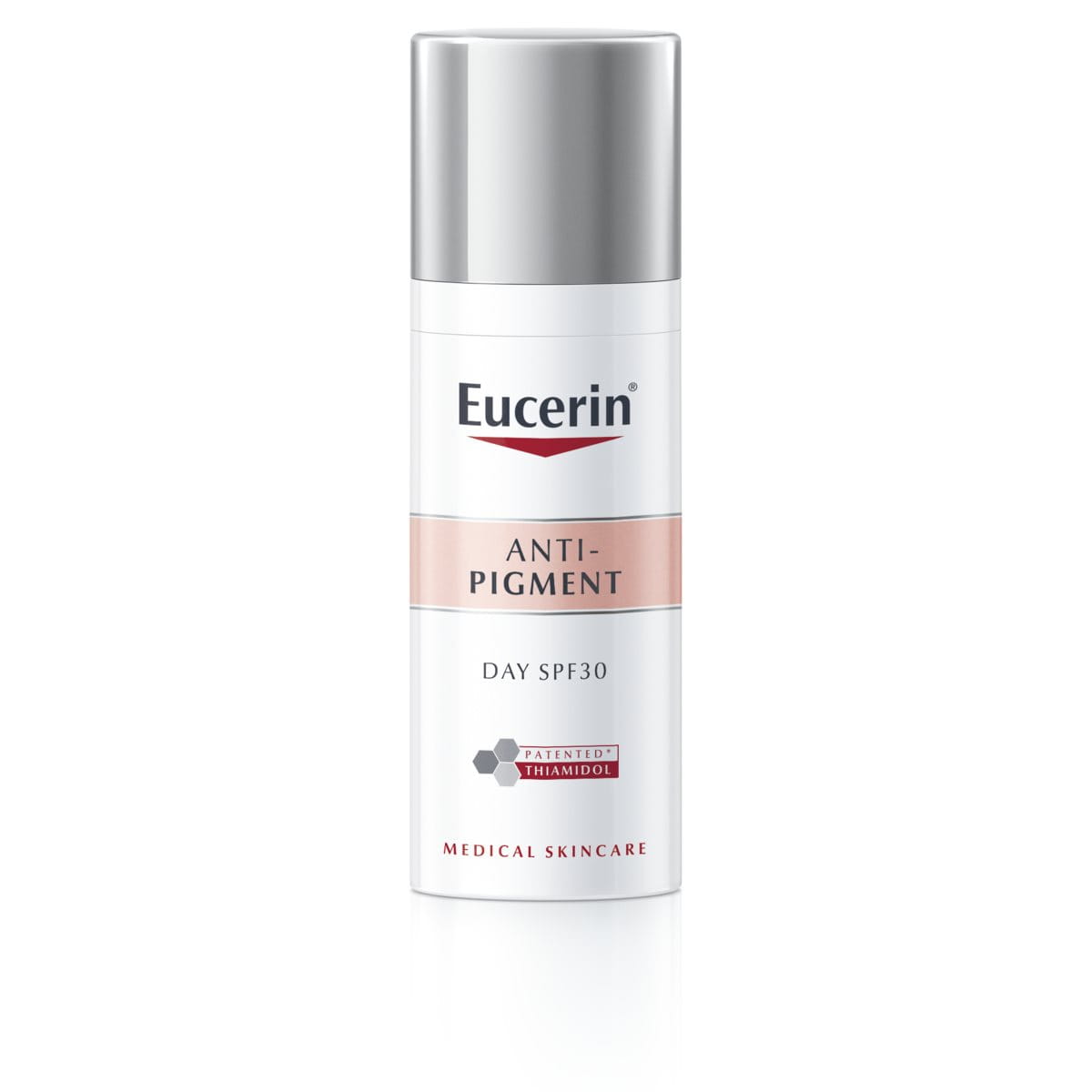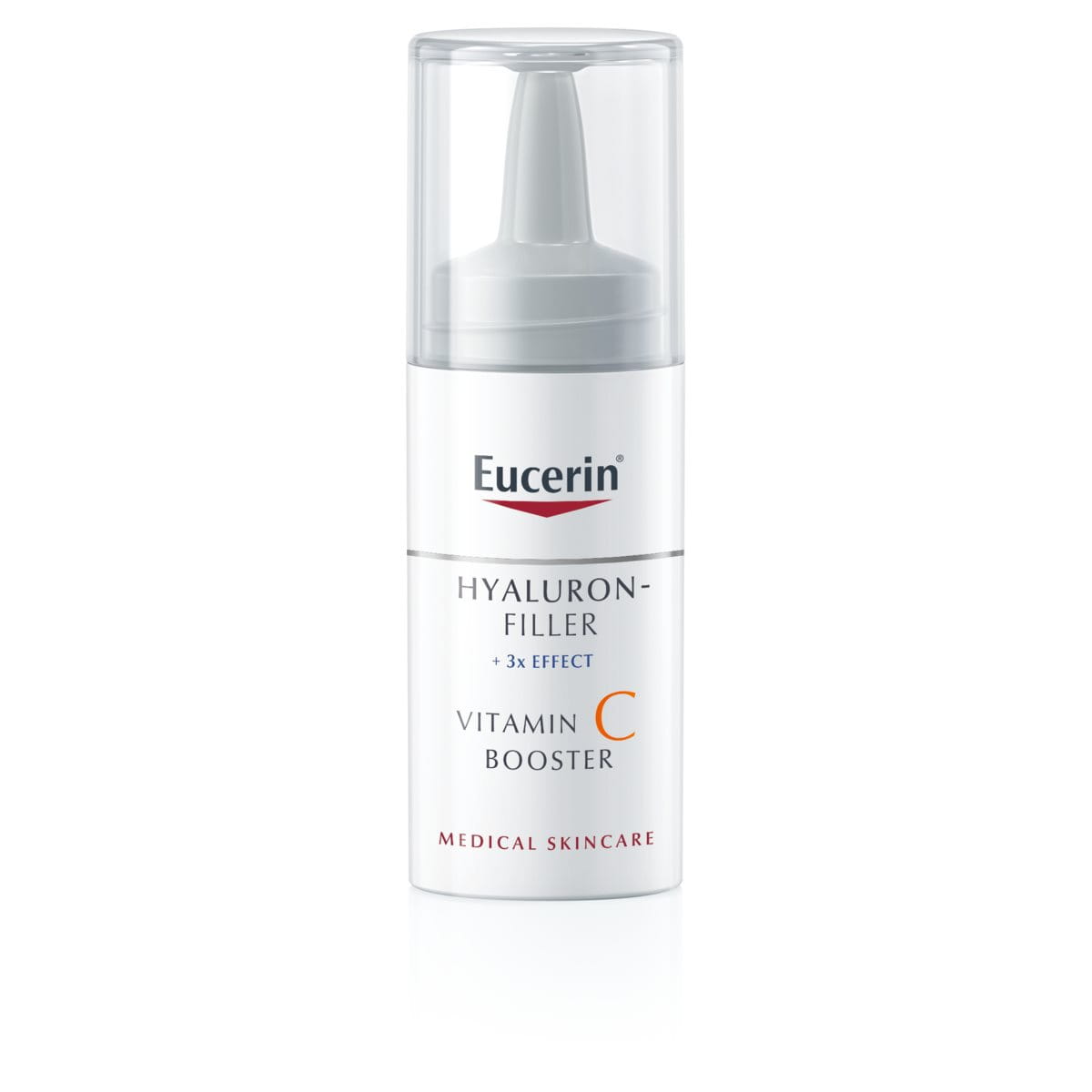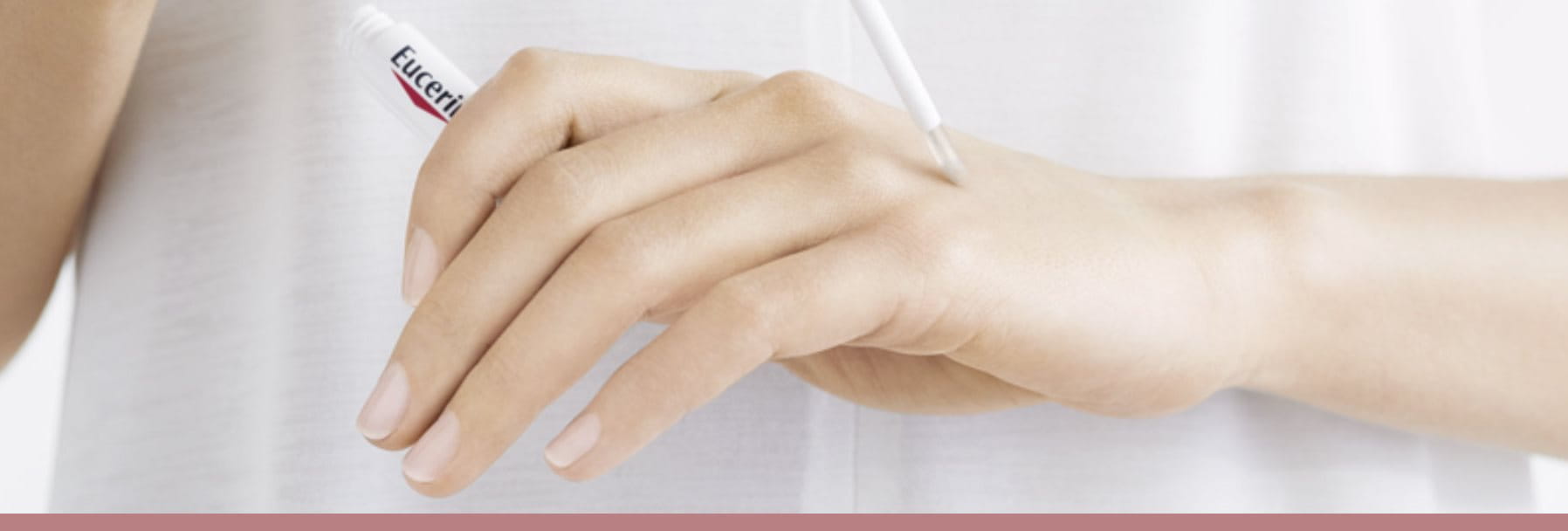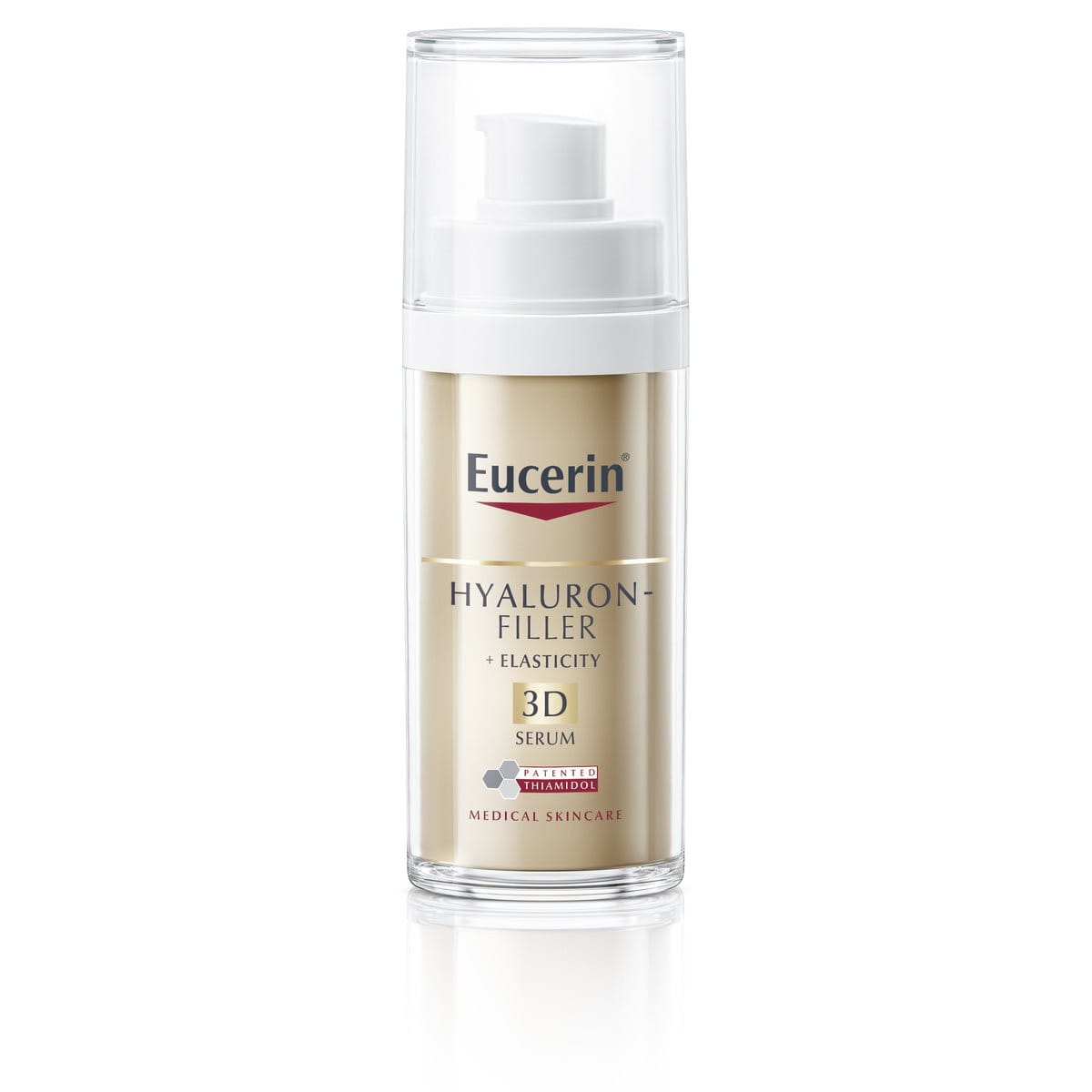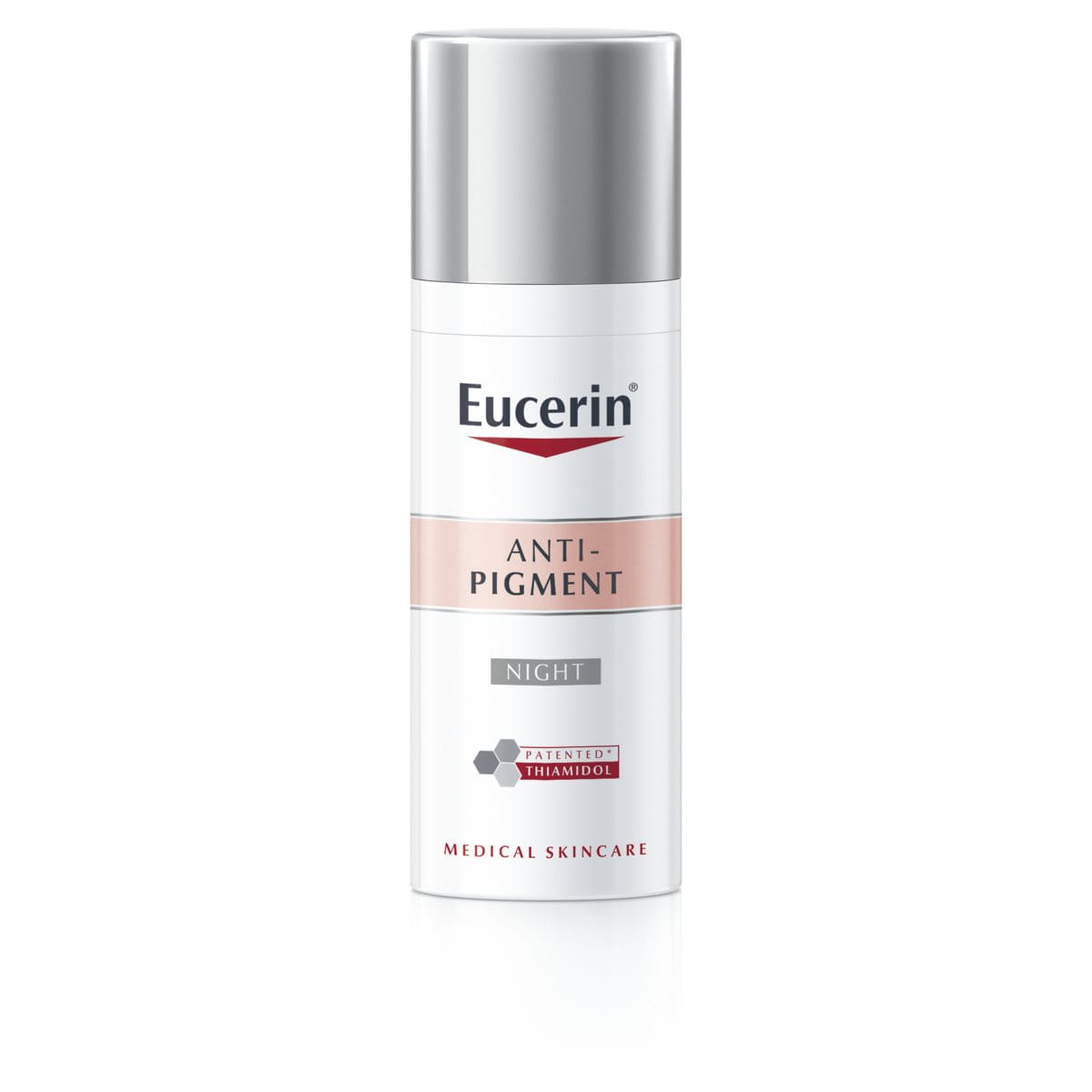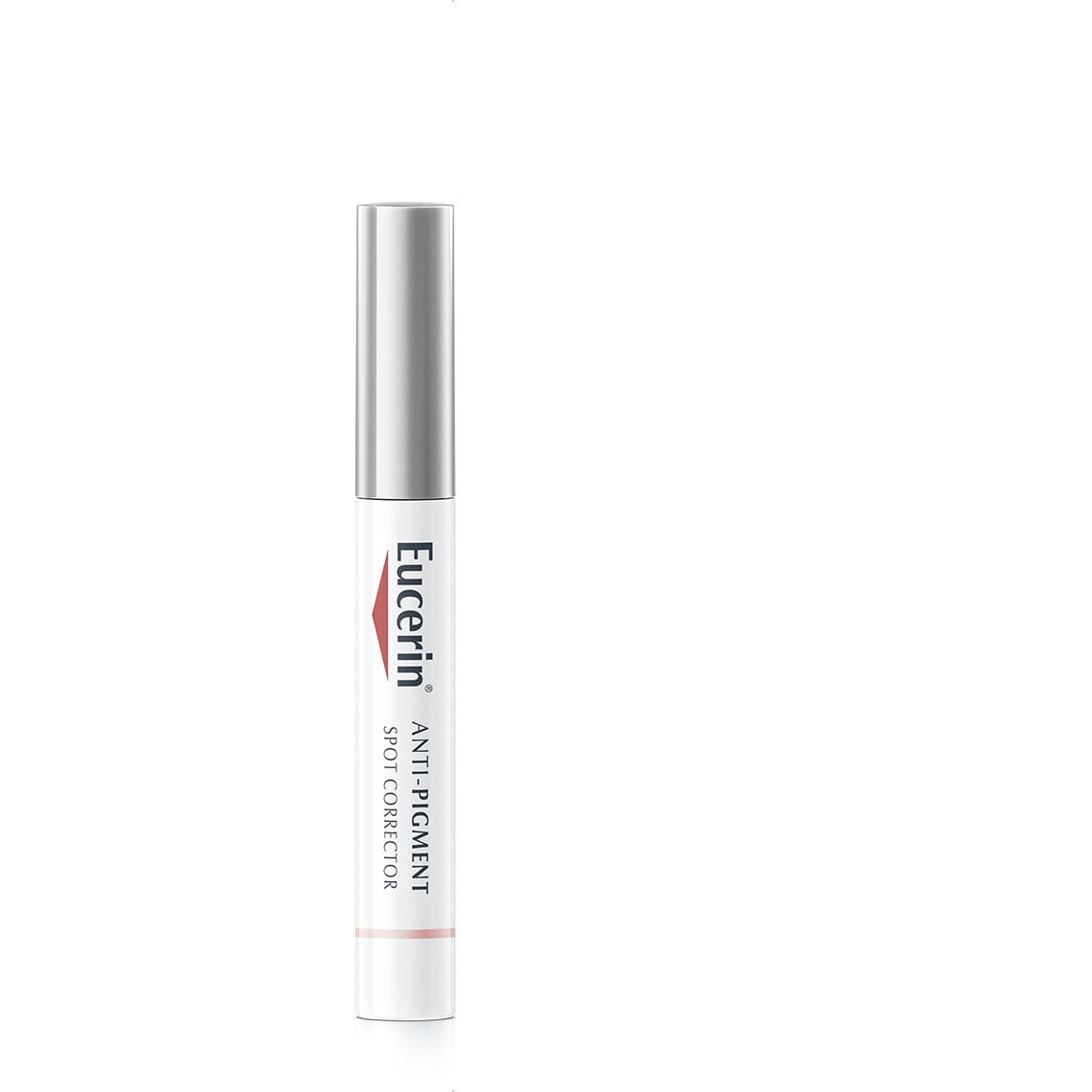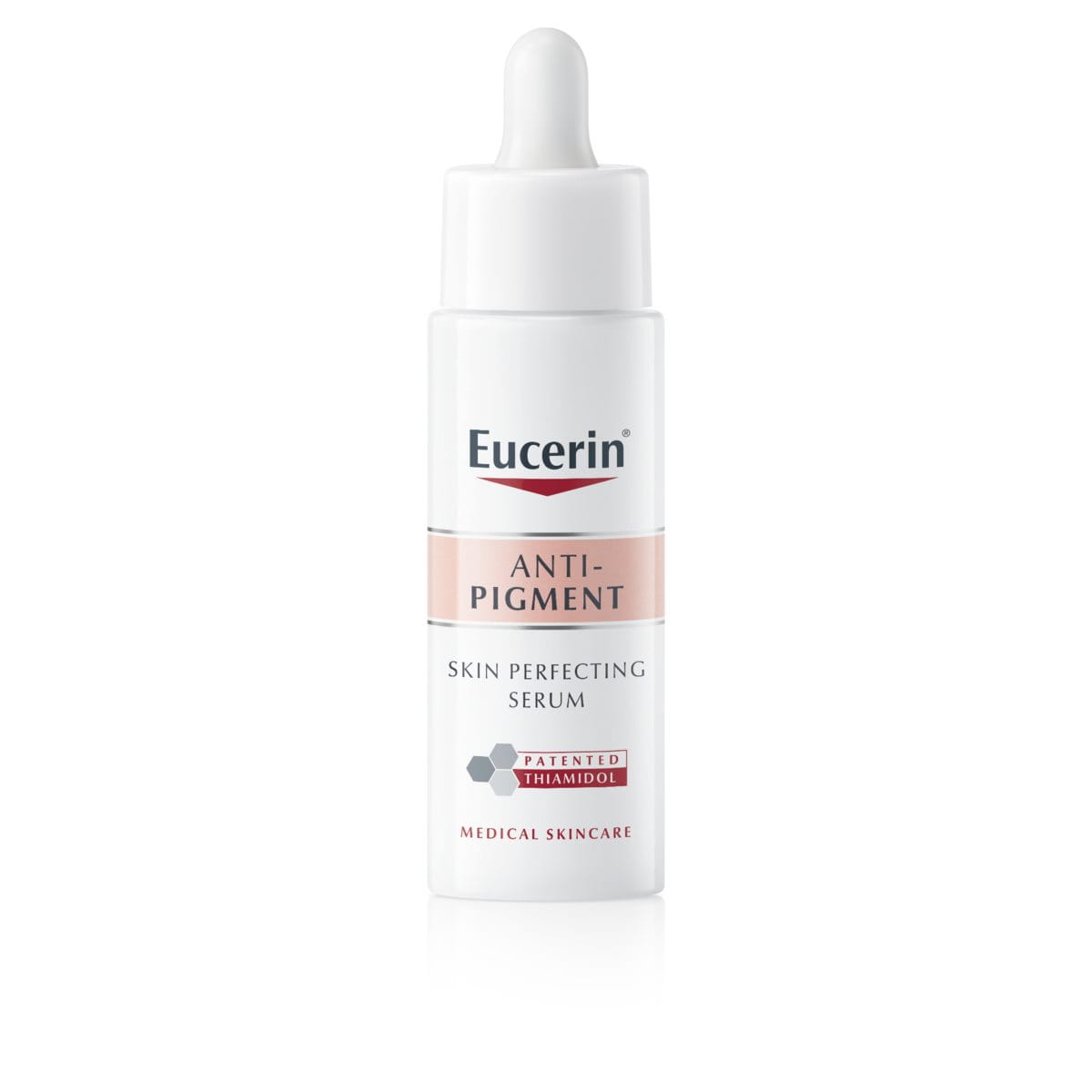Age spots (also known as sun spots) are small areas of discolouration (hyperpigmentation) that frequently appear on the face, hands and other parts of the body regularly exposed to the sun. This article looks at what causes them and explains what you can do to help prevent them from forming. We also look at the steps you can take to reduce dark spots once they have formed.
What are age spots and what causes them?
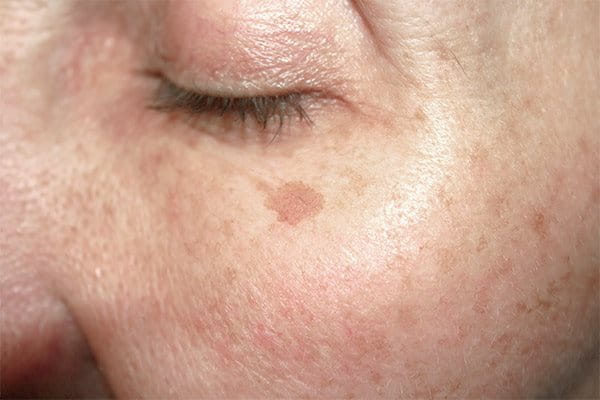
Age spots and sun spots are the same thing. They are a common form of hyperpigmentation and appear as small, flat and darkened patches of skin that are light brown to black in color. They are most common in people over the age of 40 (hence the name) but they can occur earlier.
They are caused by an increased production of melanin – the natural pigment that gives our skin its color. Melanin acts as your skin’s natural sunscreen by protecting you from harmful UV rays, which is why people tan in the sun. But excessive sun exposure increases the amount of melanin that skin produces. As the alternative name `sun spots` suggests, these dark spots are most commonly triggered by over-exposure to the sun. For this reason, they’re usually found on areas of the body that are frequently in the sun: face, neck, décolleté, shoulders, forearms and hands.
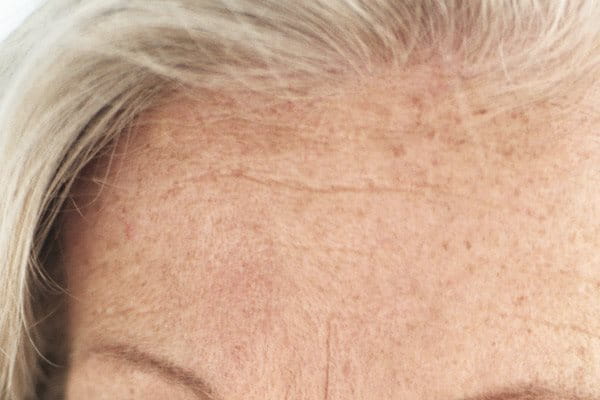

You can read more about what causes hyperpigmentation and find out more about the different types of the condition in
Hyperpigmentation: what causes dark spots and how can I reduce them?Pigment spots are usually harmless although they can affect someone’s self-confidence. Certain forms, such as melanoma (a type of skin cancer), can be life-threatening. If you have any concerns about your pigment spots – if they change shape, size and color or if they become itchy and start to bleed – it’s important that you consult your doctor.
What can I do to prevent age spots?

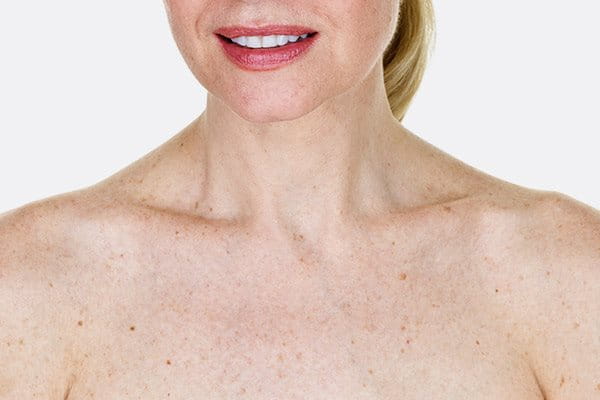
Sun protection is the most significant step you can take to help prevent age spots from forming. It’s important to remember that the sun’s rays effect skin even on cloudy days, so give your skin the daily protection it needs. As well as reducing hyperpigmentation, Eucerin Anti-Pigment Day SPF 30 offers effective UVA and UVB (SPF 30) protection and prevents the formation of additional sun-induced pigment spots. Pairing this sun protection day cream with the new mono-chamber version of the highly effective dual serum as part of a daily skincare routine will also help prevent age spots.
- with a suitable SPF level
- which has been specially formulated for your skin type and condition
You can find out more about the Eucerin range of superior sun protection products here.
How can I remove or reduce existing age spots?
While prevention is best, once age spots have developed there are steps you can take to help fade them and prevent their re-appearance
Dermo-cosmetic solutions for age spots
A daily skincare routine that incorporates products that are clinically and dermatologically proven to address age spots can be an effective solution. Being non-invasive, dermo-cosmetic products can be used year-round. They can also extend the results of a dermatological treatment such as a chemical peel or laser therapy.

The Eucerin Anti-Pigment range has been specially formulated to reduce age spots (and other forms of hyperpigmentation) for more even and radiant skin.
Made using Eucerin’s patented ingredient Thiamidol, the range includes a day cream, a night cream, a dual serum and a topical spot corrector for addressing hyperpigmentation. Tinted day creams in light and medium also include an SPF 30 and UVA filter, while the skin perfecting serum is designed to boost your skin’s natural radiance. It has been clinically and dermatologically proven to reduce dark spots and prevent their re-appearance. The Dual Serum now comes in a mono-chamber pack, harnessing the power of two active ingredients, Thiamidol and Hyaluronic Acid to help reduce and prevent age spots. The updated packaging makes the product even easier to apply whilst delivering the same proven efficacy. First results are visible after two weeks and improve continuously with regular use. Products in the Eucerin Anti-Pigment range can also be used to extend the benefits of dermatological treatments.
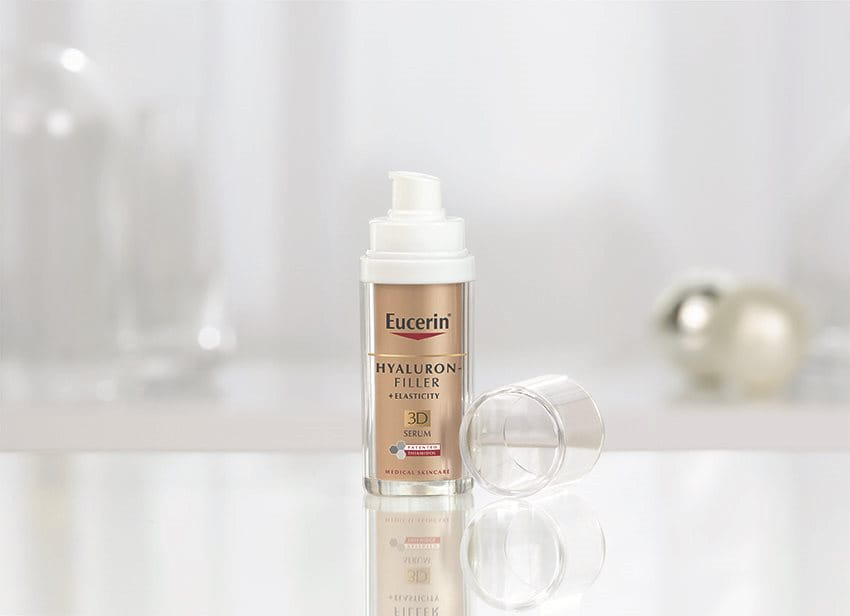
Eucerin Hyaluron-Filler + Elasticity 3D Serum is a light and moisturizing anti-aging serum that has been specially formulated for mature skin. It contains high and low molecular Hyaluronic Acid and Arctiin to plump up deep wrinkles and improve skin elasticity. The formula also includes Eucerin’s unique active Thiamidol and is clinically and dermatologically proven to reduce age spots within two weeks.
Dermatological treatments for age spots
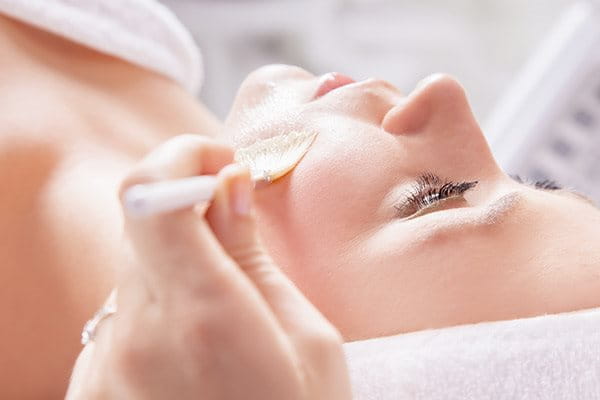
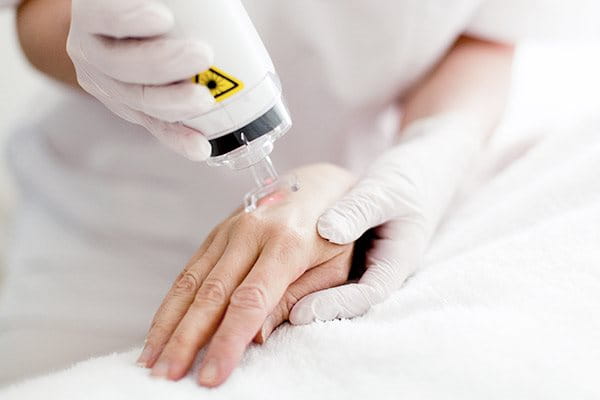
Dermatological treatments such as chemical peels and laser therapy can help to reduce age spots:
- Chemical peels involve applying a chemical solution (such as an AHA) to the face, neck and hands to exfoliate skin (remove dead skin cells), stimulate the growth of new skin cells and reveal new skin. Read more about chemical peels in What are chemical peels and how do they work?
- Laser therapy has a similar effect but tends to be more precise as the dermatologist has more control over the intensity of the treatment. Laser treatments involve ‘zapping’ the affected areas with high-energy light. The mildest treatments work on the skin’s epidermis (surface layer), while more intense treatments can penetrate the deepest layers of the skin. Find out more in Laser therapy: how should I care for my skin after treatment?
Dermatologists may also prescribe and/or use hydroquinone which is still regarded as the most effective topical agent for reducing hyperpigmentation. It can, however, only be used for limited periods of time because, like other forms of chemical peel and laser treatment, it can irritate skin and actually cause post-inflammatory hyperpigmentation, especially in people with phototype 3 – 6 (Please refer to Fitzpatrick phototyping scale).
Our brand values

We deliver a holistic dermo-cosmetic approach to protect your skin, keep it healthy and radiant.

We work together with leading dermatologist and pharmacist partners around the world to create innovative and effective skincare products they can trust and recommend.

For over 100 years, we have dedicated ourselves to researching and innovating in the field of skin science. We believe in creating active ingredients and soothing formulas with high tolerability that work to help you live your life better each day.
